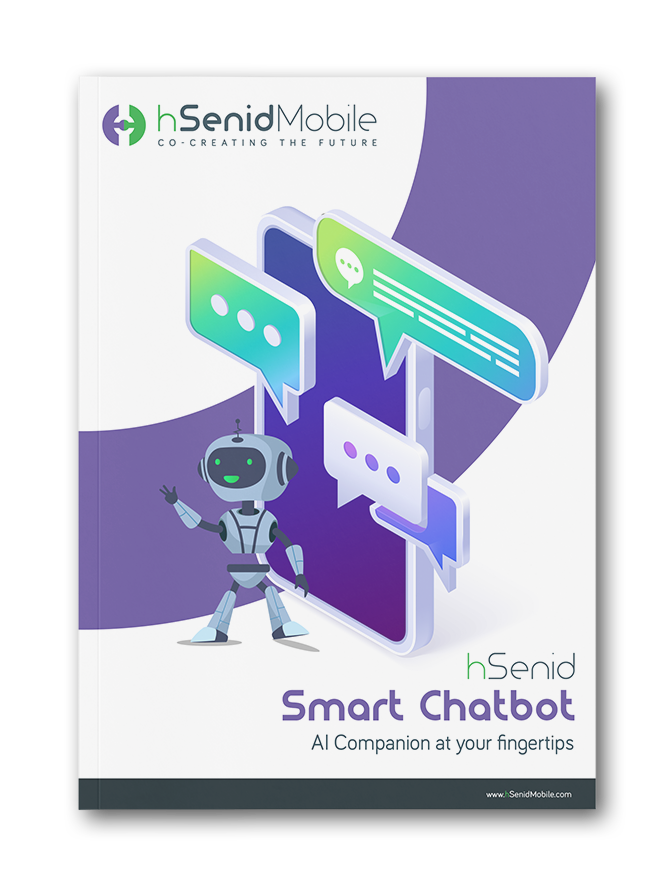Health is wealth they say, but it seems, in this day and age, in order to
access quality healthcare, an individual needs to be wealthy. Affordability is
a key obstacle to many when it comes to getting proper treatment and
medication. And that’s just the tip of the iceberg of healthcare problems.
According to The World Health Organization, there is
a global shortfall of over 4.3 million healthcare professionals.
Such a huge deficit in doctors, nurses and other healthcare staff, has left
healthcare professionals exhausted, while causing serious delays for patients.
It is indeed a bleak situation for healthcare the world over. While the obvious solution would be to train more healthcare professionals and open more healthcare establishments, that is a fairly complex process that will take years of work. Meanwhile, people continue to fall sick and grapple with other wellness related difficulties. Something needs to be done immediately. As with any other sector, technology has the answer. Conversational AI platforms offer a host of valuable benefits that will instantly ease the burden on the healthcare sector, facilitating enhanced efficiency and better patient outcomes.
It is indeed a bleak situation for healthcare the world over. While the obvious solution would be to train more healthcare professionals and open more healthcare establishments, that is a fairly complex process that will take years of work. Meanwhile, people continue to fall sick and grapple with other wellness related difficulties. Something needs to be done immediately. As with any other sector, technology has the answer. Conversational AI platforms offer a host of valuable benefits that will instantly ease the burden on the healthcare sector, facilitating enhanced efficiency and better patient outcomes.
Supporting healthcare staff
The work of healthcare staff will be made so much more efficient with AI chatbots.Automating day-to-day tasks
At a very basic level, a number of mundane and routine tasks like scheduling appointments and giving reminders of appointments can be done completely through AI chatbots. These platforms can also provide instructions on prerequisites – supporting documents, preparation for treatment, and tests that need to be done. This means that the number of phone operators and customer service personnel can be reduced.Symptom appraisal and triage
The sophisticated nature of this software enables it to also offer an initial diagnosis and carry out patient triage. By leading patients through a series of questions in a logical and step-by-step manner, the AI chatbot can arrive at a preliminary diagnosis and so guide patients on whom they should consult. It can also identify emergencies and direct people to the correct unit.Post-treatment monitoring
Conversational chatbots can collect details on the relevant patient vitals and track progress. Once parameters have been identified, the AI chatbot can also alert medical professionals to any drastic changes in a patient or any potential dangers.Precise diagnosis
AI chatbots are usually fed large bytes of information covering the gamut of diseases, symptoms and treatment options. Their encyclopedic knowledge can be invaluable to doctors in arriving at a diagnosis, especially when they are faced with more elusive and complex conditions. It is not unusual for doctors to be stumped by certain patient conditions and, in such situations, the AI chatbot can step in and offer suggestions for the doctor to consider. This could save a lot of time in tests and examinations and increase the accuracy of diagnoses. Doctors will also be able to make better decisions about what treatment to carry out.
Uplifting patients
Patients too stand to gain tremendously from using AI chatbots.Trustworthy information
It is natural for people to feel worried when they start experiencing indications of illness. In the age of the internet, the instant reaction to any niggling pain or discomfort is to go online, Google the symptoms and try to figure out what is wrong. This kind of random internet search is often unreliable and sometimes even dangerous. Firstly, finding an answer is not straightforward because symptoms of illnesses overlap. Secondly, Google tends to throw up the gravest, most serious illness as possibilities, causing tremendous distress to patients.Conversational chatbots are much more reliable in arriving at a potential diagnosis. They will lead the patient through a series of questions in a step-by-step manner, arriving at a more informed conclusion. Furthermore, with natural language processing (NLP), these AI chatbots are able to understand patient inputs far more accurately than Google, which depends on specific keywords. Perhaps more importantly, the conversational chatbot can be trained to respond in a manner that prevents causing panic in patients and can quickly escalate the matter to a healthcare professional who can step in to maintain calm and offer proper care.








